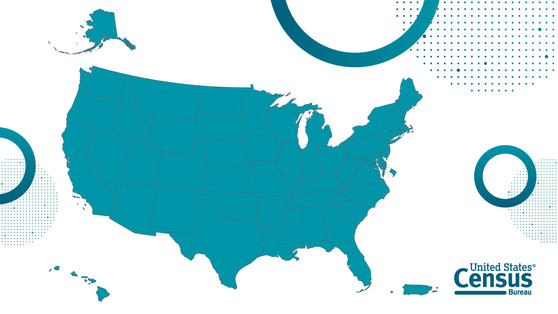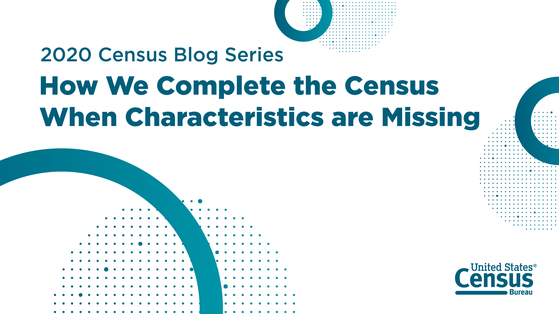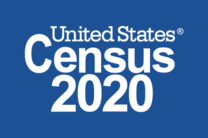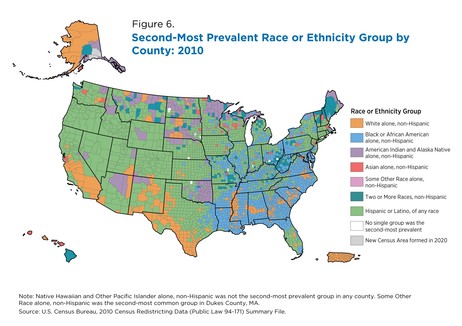America Counts Releases State Data Profiles
 |
State-by-State Visualizations of Key Demographic Trends From the 2020 Census
The U.S. Census Bureau today released 52 individual data profiles on America Counts highlighting the recent 2020 Census Redistricting Data (Public Law 94-171) Summary File release.
These sharable data-rich state profiles are available for all 50 states, the District of Columbia and Puerto Rico, and feature data visualizations that include population, housing, race, ethnicity, diversity and age data. Each profile provides key demographic characteristics of each state and county on one page.
State Profiles
America Counts regularly features stories on various topics such as families, housing, employment, business, education, the economy, emergency management, and population. Sign up for the America Counts newsletter to receive the latest stories on Census Bureau statistics.



